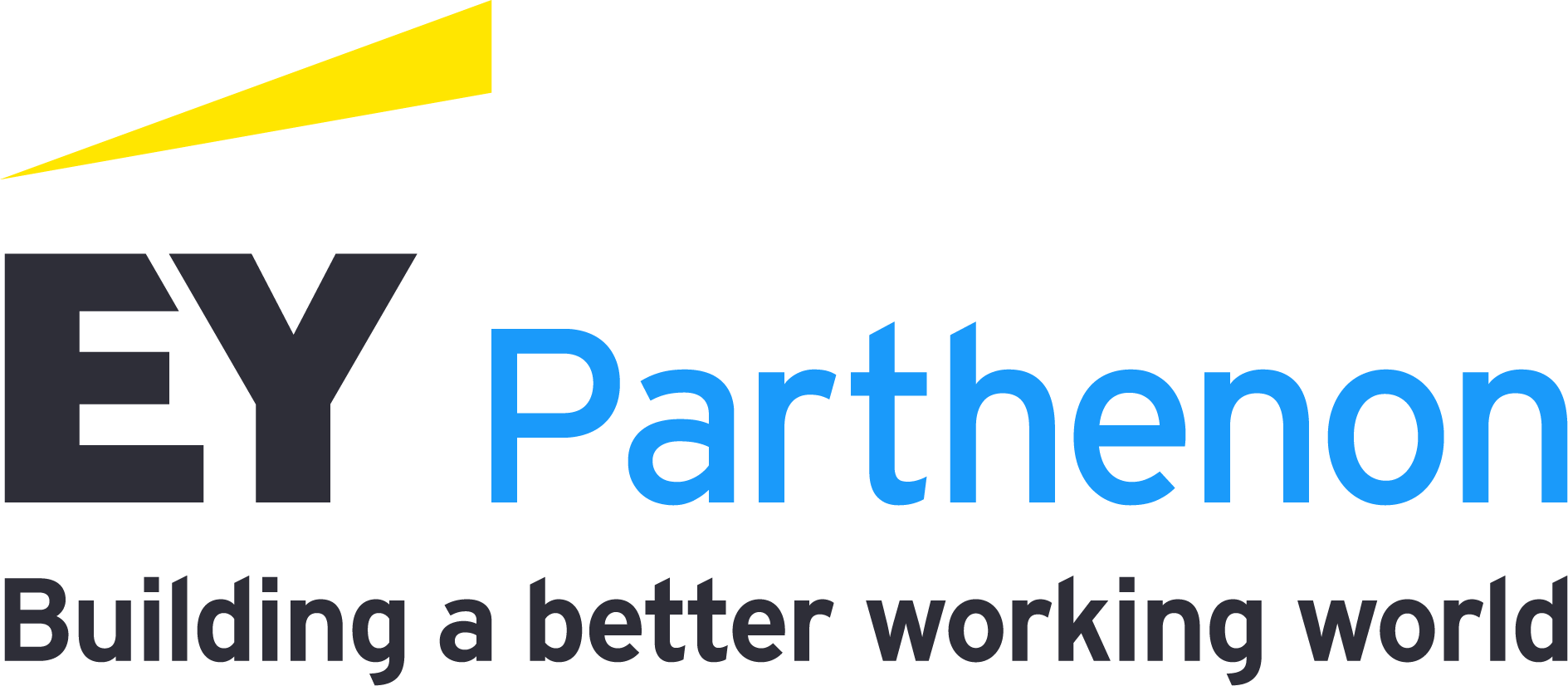Cutting through the noise
Outlook: There are many misleading macroeconomic narratives, ranging from a reaccelerating US economy reigniting inflationary pressures to entrenched inflation pressures that will force the Fed to tighten monetary policy and precipitate a recession. The reality is that there is no evidence that the economy is reaccelerating, or that inflation is picking up, or that inflation has become entrenched, or even that the Fed is about to tighten policy.
Cutting through the noise, the US economy is gradually decelerating due to more scrutinous consumers and business leaders in a high-cost (not elevated inflation) and high-interest-rate environment. Residential activity will likely remain constrained by historically low affordability, even if construction will be supported by deficient housing supply. Inventory rightsizing will continue amid slower demand growth and efforts to maintain supply resilience. Net trade will detract from growth in 2024 with the US continuing to outperform its peers. Government spending will become less of a tailwind, but healthy state and local finances should prevent a sharp pullback. Following a robust 2.5% advance last year, we foresee real GDP growing 2.3% in 2024, and 1.7% in 2025.
Cooling labor demand. The February jobs report sent mixed signals, but it was much less noisy than the January one. Nonfarm payrolls rose by a healthy 275,000 jobs, but employment gains in December and January were revised down by a cumulative 167,000 jobs and the unemployment rate rose to a two-year high of 3.9%. Importantly, the robust employment momentum is non-inflationary, with wage growth cooling 0.1 percentage point (ppt) to 4.3% year over year (y/y). We anticipate labor demand will soften in the form of reduced hiring, strategic resizing decisions and wage growth compression. Still, strong immigration flows should support labor force growth as the unemployment rate rises toward 4.2% by year-end.
Cautious consumers. Consumers remained cautious in February, with retail sales rebounding less than expected following their January plunge. The inflation-adjusted picture makes clear that consumers are exercising more scrutiny with their outlays. With employment and household income growth softening, costs remaining elevated and interest rates only gradually easing, consumer spending is expected to grow a more modest but still respectable 2.0% in 2024.
Gradual disinflation. Headline and core Consumer Price Index (CPI) rose 0.4% month over month (m/m) in February, as expected, reflecting higher energy prices, a slight uptick in core goods prices, persistent shelter cost inflation and a notable boost in airfare. Headline CPI inflation ticked up to 3.15% y/y, while core CPI inflation eased 0.1ppt to 3.75% — its lowest since April 2021. We have revised our headline and core CPI inflation forecast up to around 2.5% and 2.7% y/y in Q4 2024 following the noisy January and February readings. The Fed’s favored inflation gauge, the deflator for personal consumption expenditures, should end the year around 2.2% y/y.
Measured Fed easing. The Federal Reserve kept the federal funds rate unchanged at 5.25%–5.50% at the March Federal Open Market Committee (FOMC) meeting. The policy statement was largely unchanged, the dot plot continued to show three rate cuts in 2024 and GDP growth projections were revised up without a commensurate upgrade to inflation and employment, signaling a belief in non-inflationary growth supported by stronger productivity. Fed Chair Jerome Powell noted that the stronger-than-expected inflation readings in January and February were more noise than signal, and he reiterated that it would likely be appropriate to start easing policy at some point this year. We continue to expect the onset of the Fed easing cycle in June and believe the Fed is more likely to proceed with three rate cuts in 2024, rather than four as we had previously anticipated.
Risks to monitor. We see two prominent downside risks heading into 2024. The first risk stems from a resurgence in inflation from an oil price spike, tariffs or supply chain distress. The second risk stems from a further rise in interest rates from tighter monetary policy or fiscal sustainability concerns, leading to tighter financial conditions and private sector activity retrenching. The main upside risk stems from non-inflationary growth supported by a robust labor market and stronger productivity growth from efficiency improvements and generative AI (GenAI).



